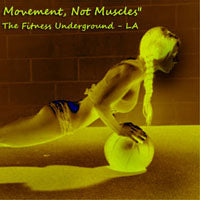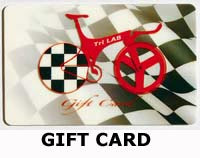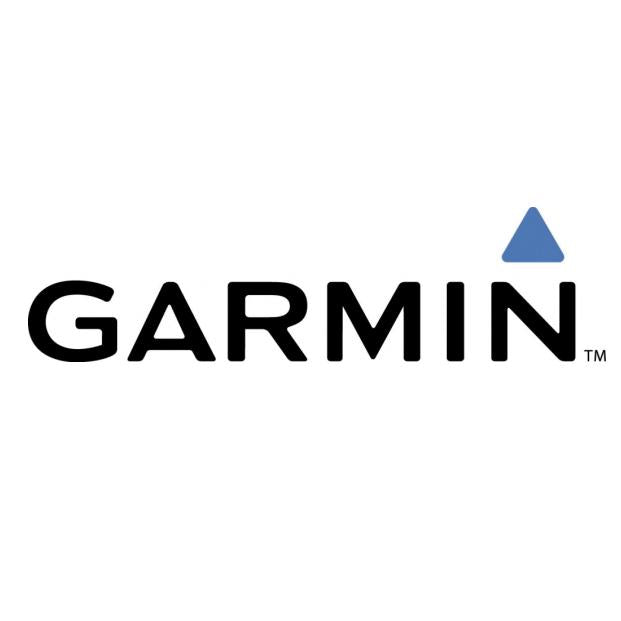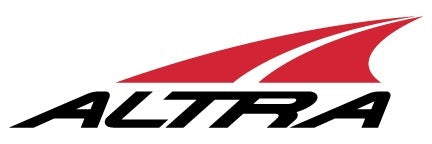News
Markus B - Health & Fitness Professional / Co Founder of The Fitness Underground West-East / Triathlon Lab Staff

I was recently seeking out new information and was researching alternative types of training concepts (methods/programs) for athletes, particularly triathletes and came across this awesome short article by Vern Gambetta. I really connected with what Mr. Vern Gambetta was talking about since it kind of paralleled my school of thinking, he stated that the key thing athletes (particualrly triathletes) need to learn is to “Train Movement, Not Muscles” and that as athletes we should move away from the rather old school concepts of training individual muscle (as traditional body builders do). “Connect” and “coordinate” are the new buzzwords, and the right type of resistance work can help your body to do this so you end up being more efficient, less fatigued, as well as decrease you chance of a season ending training injury.
“If your gym time is spent doing body-building moves or all machine-based exercises, you’re probably not training what you need to train,” says Vern Gambetta, author of Athletic Development: The Art and Science of Functional Sports Conditioning, and consultant to college swim teams including Harvard, Kenyon, the University of Michigan, and sports teams including the New York Mets, the San Francisco 49ers and the U.S. Soccer Federation.
Mr.Gambetta really sparked my intrest (I thrive on learning new concepts and love all types of educational information that is going to make me a better trainer, instructor, coach and athlete) so I just ordered his book, Athletic Development: The Art and Science of Functional Sports Conditioning, to learn more about his concepts that I will be sharing with y’all in the future as have a chance to study, learn and apply new concepts.
The following are some valuable tid-bits from the article I read:
* Don’t just lift. Coordinate.> “You want to get all the parts of your body working together so you’re as streamlined and effective as you can be in the water, as aerodynamic as you can be on the bike, and as efficient as you can be in putting force into the ground on the run,” he says. To train that kind of unimpeded flow, you’re better off doing walking lunges with a twist holding a medicine ball, for example, than just doing squats on a rack.
* Avoid isolation. > “The old way of training would have been to do a bench press or overhead press for shoulder strength. That’s counterproductive,” says Gambetta. The new way: “Push-ups on rings, a suspension device (like TRX), or even elevating your feet on a chair helps you hit all the supporting muscles and synergistic muscles that enhance strength.” The bonus: less risk of injury due to less stress on a single joint. And since the goal is better function throughout the body, not visible muscle definition, it’s essential to train the way you move. If you don’t run lying down, then why do ab work with your body positioned that way? “Do more exercises on your feet, while you’re moving and standing, as opposed to being supine or prone,” says Gambetta.
* Consider the killer core workout, Crawling.> Tougher than you ever remember, crawling on your hands and feet (not knees) is an amazing exercise for core stability and for linking the hip to the shoulder. “It also activates both sides of the brain, which helps stimulate coordination,” Gambetta says.
* The Workout. > There is no one perfect program, which is OK — change is essential to effective training anyway. Gambetta lays out some useful guidelines: “I always say thatwithin a 7 to 10 day training cycle, I want to see pulling, pushing, squatting, lunges, and step-up movements, along with rotational and bracing type of movements.” This is a sample workout of the types of movements that cover the recommendations. You can do those in any number of ways (the cable machine is great for this,too), but this is an easy dry-land workout that you can do anywhere with an fitness band.
» Walking lunges with a twist/optional medicine ball: With every lunge, twist to both sides.
» Elevated pushups: Put your feet up on an elevated surface such as a chair or a TRX type of suspension device.
» Rows (with elastic band around mid-torso level doorknob): Wrap a resistance band around both sides of a doorknob, leaving the door open. Hold one end in each hand and slowly pull your arms in until your hands are level with your chest and your elbows are behind your torso.
» Bear crawls: Get on all fours (feet, not knees) and crawl forward.
» Step-ups: Depending on ability level, step up onto a stable surface and drive the knee up to the chest. Arms can mimic a running motion. Do 8–10 reps of each. Do twice a week during race season. You should feel like you’re working, but the point isn’t to reach muscle failure; it’s to challenge your muscles without wiping you out.
TRAIN SMART - RACE HARD - LIVE LARGE!







